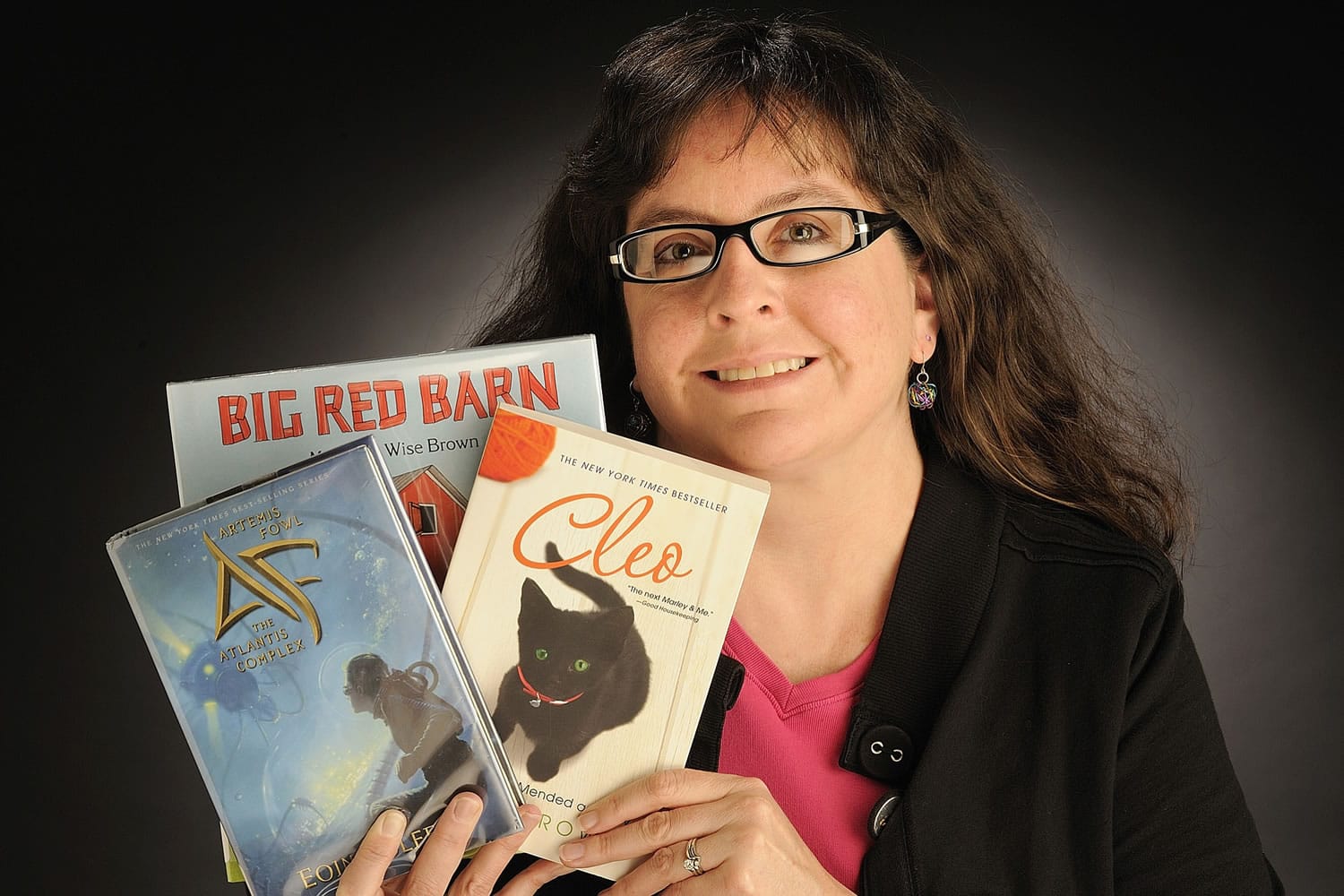If I could make the newsprint in this column resound with the flare of a trumpet fanfare, I would totally do it. Why? Because it’s time to salute the grand ol’ 800s on my “Wonderful World of Dewey” tour!
Forgive me if I sound a bit over-excited, but I can’t help my enthusiasm for this call number area. You see, as an English major, I spent countless hours browsing and reading my way through this category. Now, as a librarian, I have the fortune of selecting titles for this section of the library’s collection. For anyone who loves literature, the 800s are Dewey’s literary mecca. Poets, playwrights, humorists, literary critics, and many classic authors live right here; right here in the most under-used section of the library. Yet, it could be argued that most readers are passionate devotees of the 800s, and that my previous statement — about the 800s languishing in library obscurity — is complete hogwash.
If you read my column last week, you might recall my “teaser” about the 800s. I said that the 800s “are a whopper!” But today I am also calling them “under-used.” So, what gives? Well, in the world of Dewey classification, works of fiction are assigned call numbers, too — numbers that fall in the 800s. However, most libraries who use the Dewey system realize that it is far easier for patrons to locate fiction titles by authors’ last names. Looking at spine labels with 813.XX, then the author’s last name would be tedious at best, so the numerical part is left off. So, when I say that the 800s are quite possibly the most-loved call number in the library, I have Dewey to back me up.
Still, some of the 800s — specifically those that are cataloged with a number instead of an author’s last name — receive scant attention. Here lies poor Yorick, and King Lear, Hamlet, Romeo, Juliet and every other Shakespearian character. Walt Whitman resides here, as well as James Thurber, Edna St. Vincent Millay, William Butler Yeats, Lord Byron, David Sedaris, and all manner of poets, dramatists, essayists — famous and otherwise.



